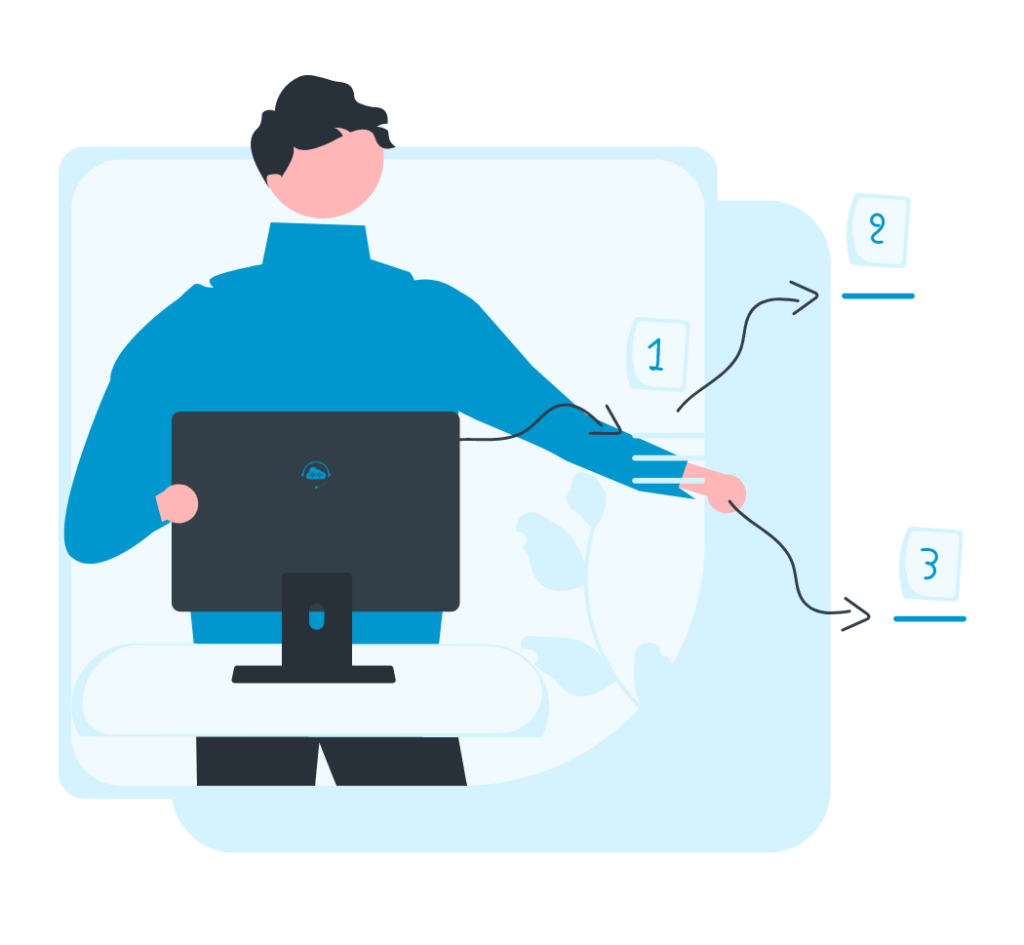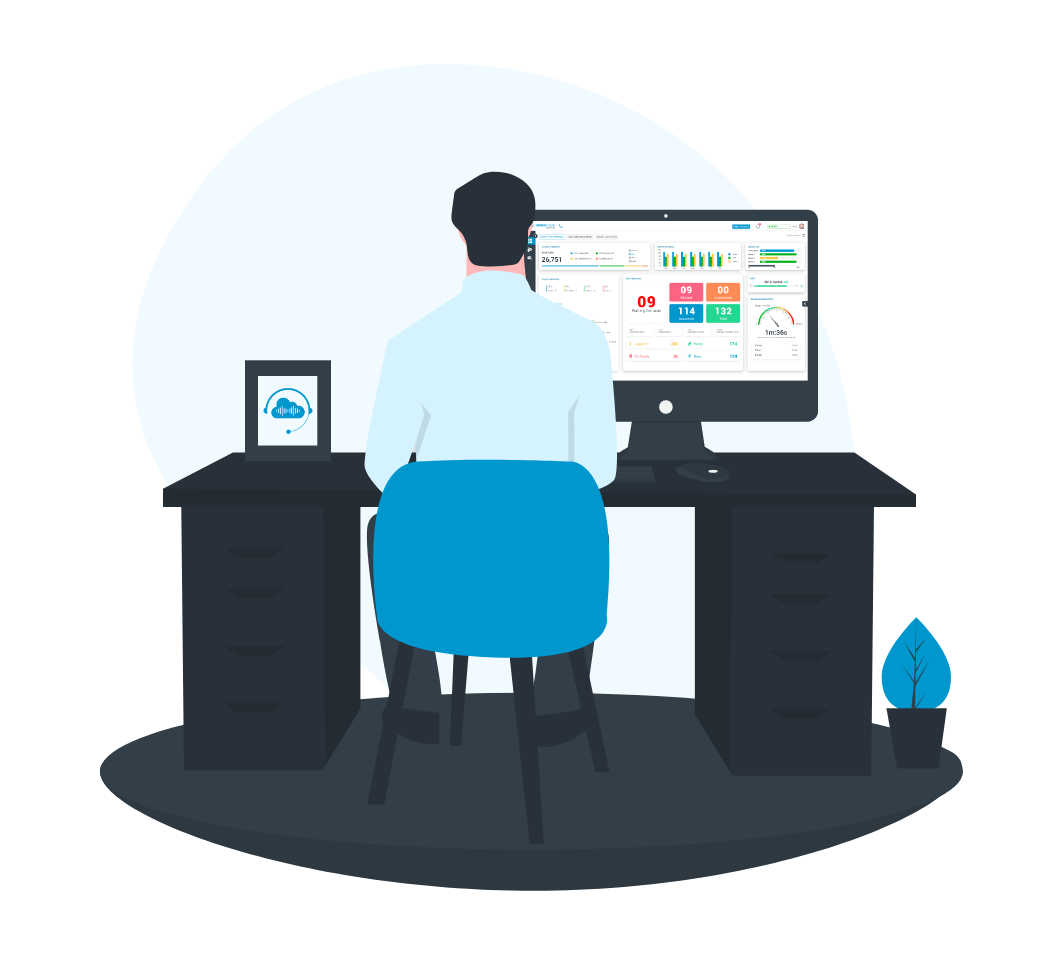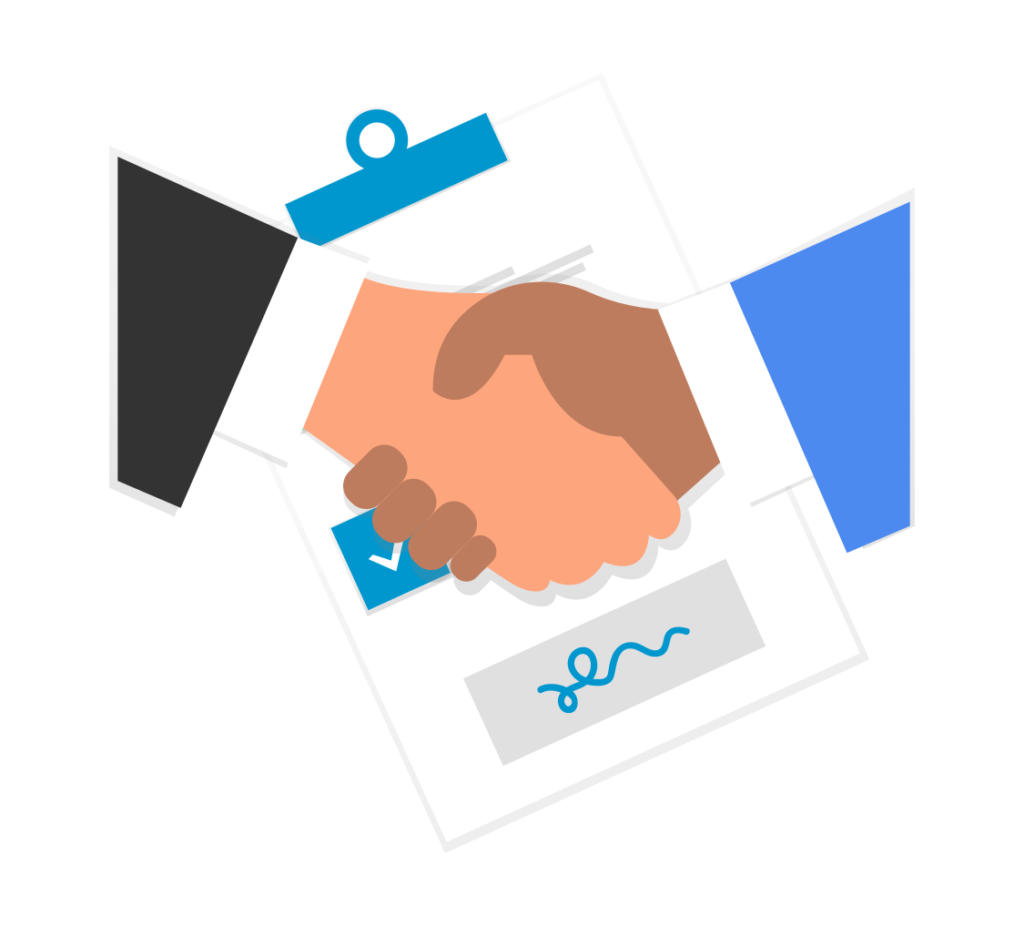What is it?
In their September 2019 article, Nexidia defined sentiment analysis as a “branch of speech analytics that focuses specifically on assessing the emotional states displayed in a conversation.”

Cloud computing has made sentiment analysis available for a much lower price, so interest in it has increased greatly.
Customers usually make decisions based on emotion rather than logic. Understanding how they feel about your products, services or processes enables you to optimize your business’s offerings and their presentation to the market.
How does it work?
Sentiment analysis is usually based on machine learning. Inputs come from two sources of data, and two types of processes produce the outputs.
The Nexidia article explains that the most obvious source of data is linguistic. It assumes that people express emotions and sentiments using words and phrases. This data includes not only words and phrases, but also “disfluencies” such as hesitation, restarting sentences and non-verbal utterances such as laughter or sighing.

Language models are built by identifying language elements that predict certain emotions and sentiments, running them against a sample of recordings to see how successful it is, and adjusting the model to take errors into account and train the AI.
This model isn’t always so accurate. Error rates higher than 35% have been noted.
The other model is acoustic. This measures features of audio data that indicate emotion and sentiment. They include pitch, pace and volume. Nexidia’s article explains how these are considered to define sentiments along the dimensions of “arousal” – from passive to active, and “valance” – from negative to positive.
Preparing the model includes matching acoustic phenomena to emotions and sentiments in recordings, running a sample of recordings through the system to see what is identifies, then correcting errors and rectifying omissions to train the AI.
The accuracy of this model is around 60%, although this can be affected by the audio quality.
Most systems adopt a hybrid approach, where the strengths of one model compensate for the limitations of the other.
The Contact Centre Helper article “The ultimate guide to sentiment and emotion analysis”, published in June 2021, explained that data analysis can be conducted based on human generated rules and standards or on an AI enhanced approach.
Using the rules and standards approach, human operators select and input specific words and phrases that indicate emotion or sentiment. This approach is appropriate for terminology, jargon and acronyms.
The AI enhanced approach uses machine learning to identify words, phrases and acoustic phenomena by matching them against the target emotion or sentiment. This approach works better where situations are more dynamic and less clear cut.
A hybrid approach is commonly adopted, where the AI is used to create the rules at first, and then these rules are modified to train the AI.
The “ultimate guide” also describes how sentiment analysis can identify “positive”, “negative” or “neutral” (an absence of any strong opinion) sentiment. It also recommends combining this with more extensive emotional analysis to provide more powerful results that give insights into customers’ underlying motivations.
What can you do with it?
CallMiner’s blog of April 2019 described the common use cases for sentiment analysis.
The most common one is to categorize customers by their positive and negative sentiments. Analysing this data will reveal which specific products, services, processes, teams or agents appear to attract positive or negative sentiments.

Measuring customer sentiment before and after product or service changes will show their reactions. If the change is a pilot project, this may determine whether the project is taken further.
Looking at the attitudes behind customer feedback helps managers identify “broken processes” where customers show unusually high negative sentiment when calling about a specific process.
Tracking customer sentiment as it changes over time may reflect where the product is in its life cycle or an improvement or decline in service quality.
How will it work with Omningage?
Omningage is working on powerful ways to bring sentiment analysis to the eyes of their users.

Supervisors will be able to search for calls based on the presence or positive or negative sentiment. This will allow them to investigate and address problematic scenarios.
Reports and dashboards will be built into Omningage IQ. They will display average sentiment levels between specified date ranges by queue, team and agent. Supervisors can use these to identify best practices or problematic behaviour. Where issues relate to a specific queue or product line, Supervisors can back up their assertions with hard data, allowing marketing to build a business case for product improvement.
These reports will also show data over time. Supervisors will see how effective their corrective coaching and training has been.
Wallboards within Omningage IQ will provide real time data such as word clouds showing frequently used words and phrases, calls categorized according to key phrases and sentiment and other key metrics. These enable Managers and Supervisors to see “signs of trouble” as it happens and take swift and decisive action to nip it in the bud.
Wrap-up

The economics of the cloud have made sentiment analysis more available than ever. Omningage is here for its customers to take the mystery out of this technology and help them to reap the benefits.
To discuss your requirements, arrange a demonstration or ask for a proof of concept, please use the below details.








